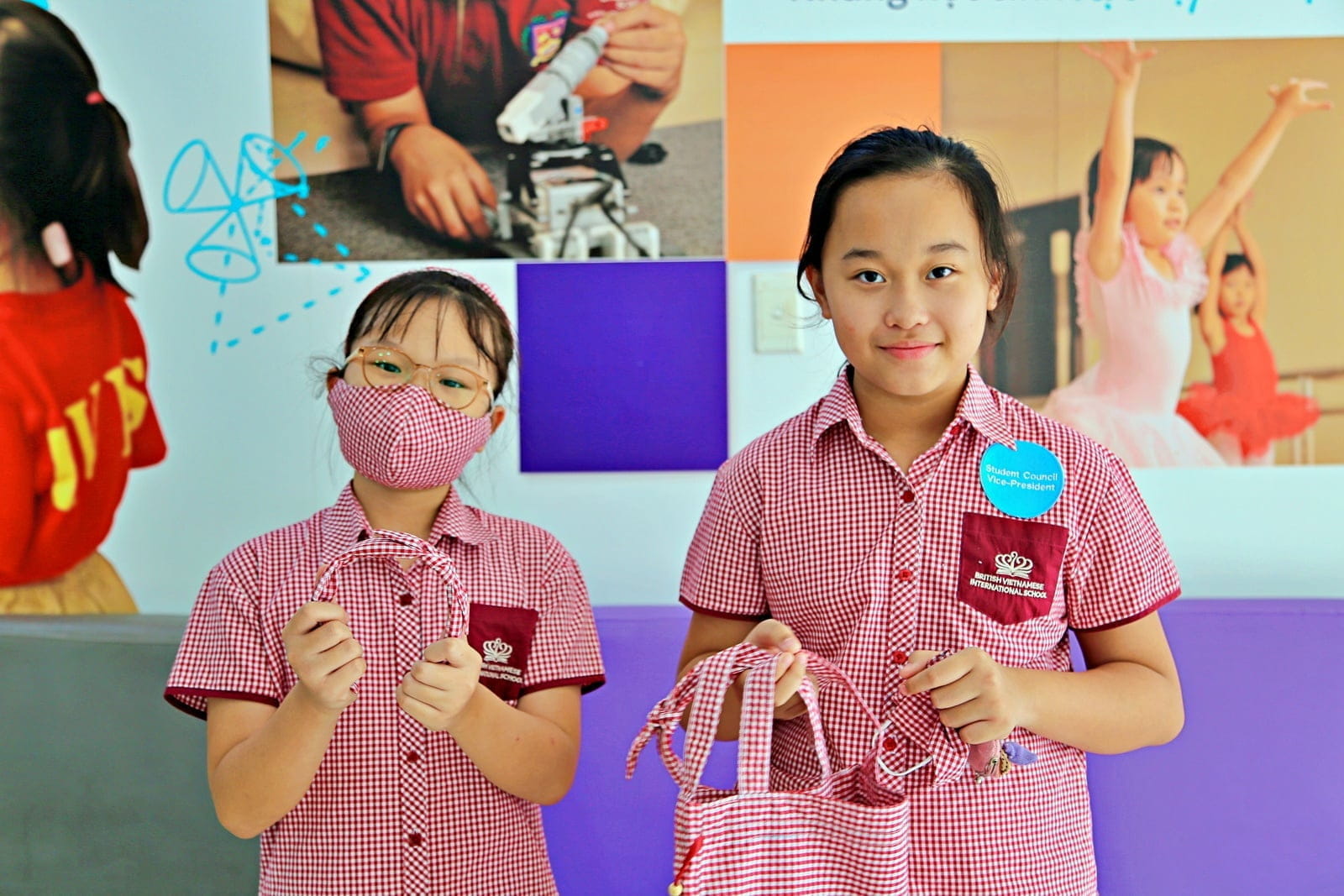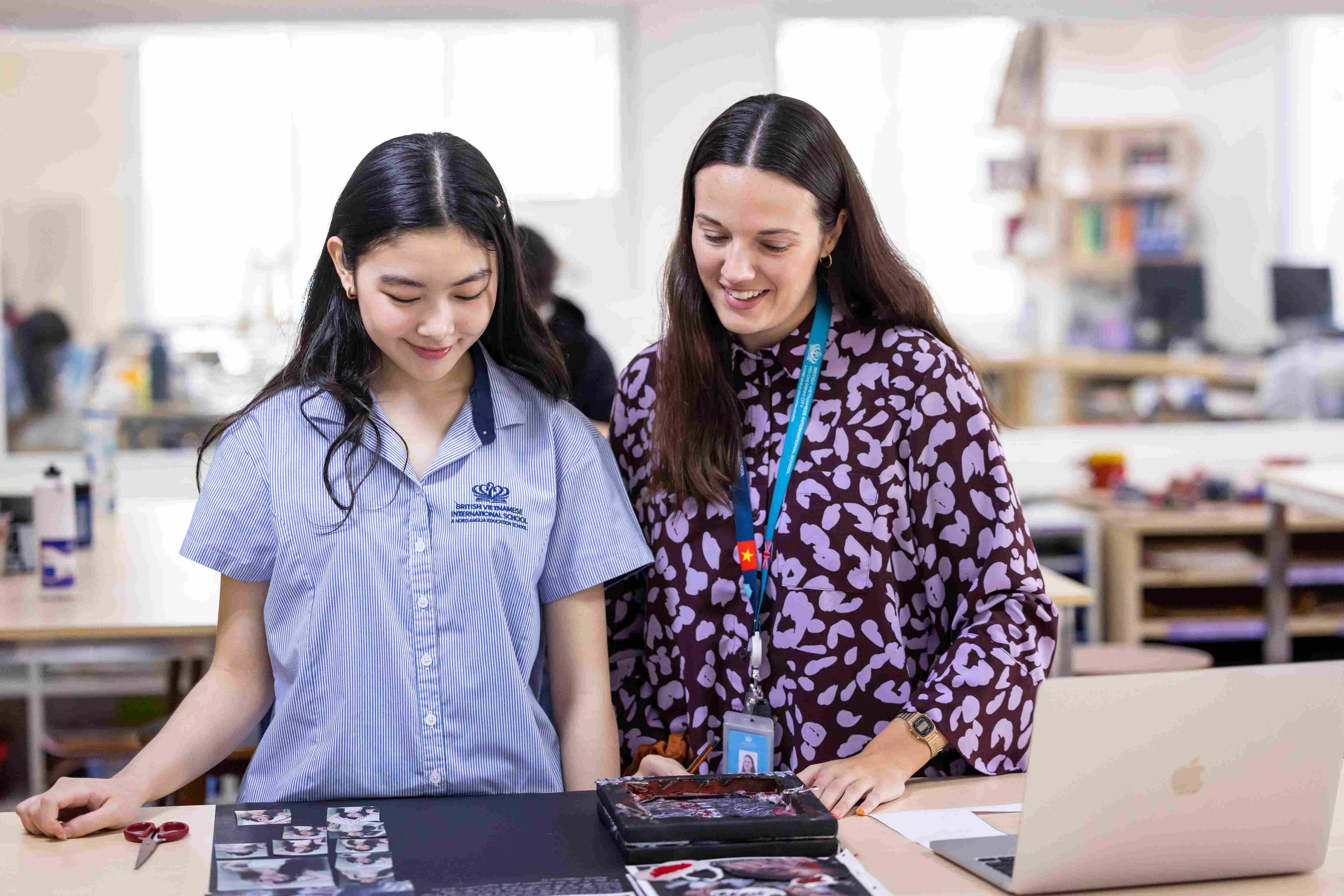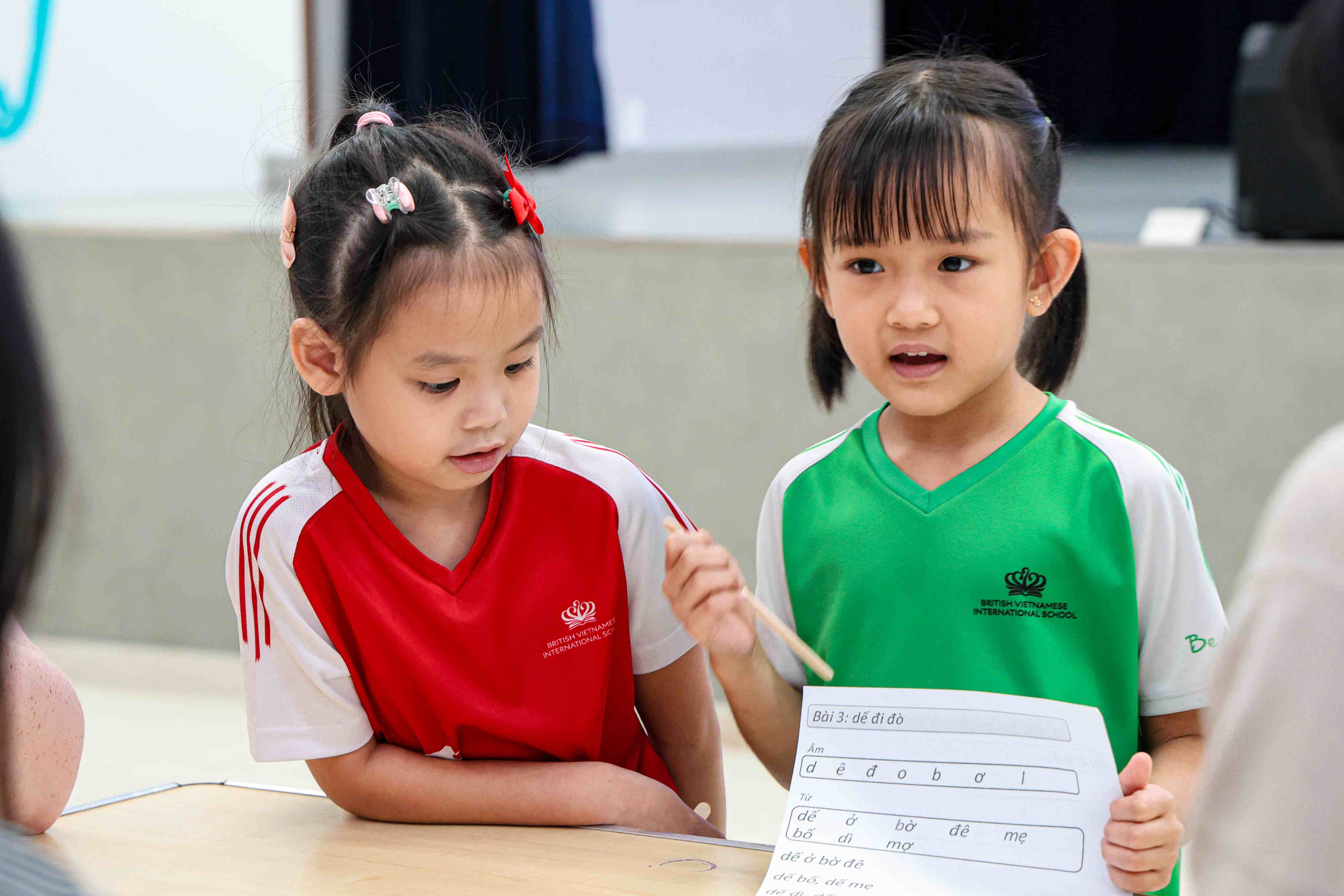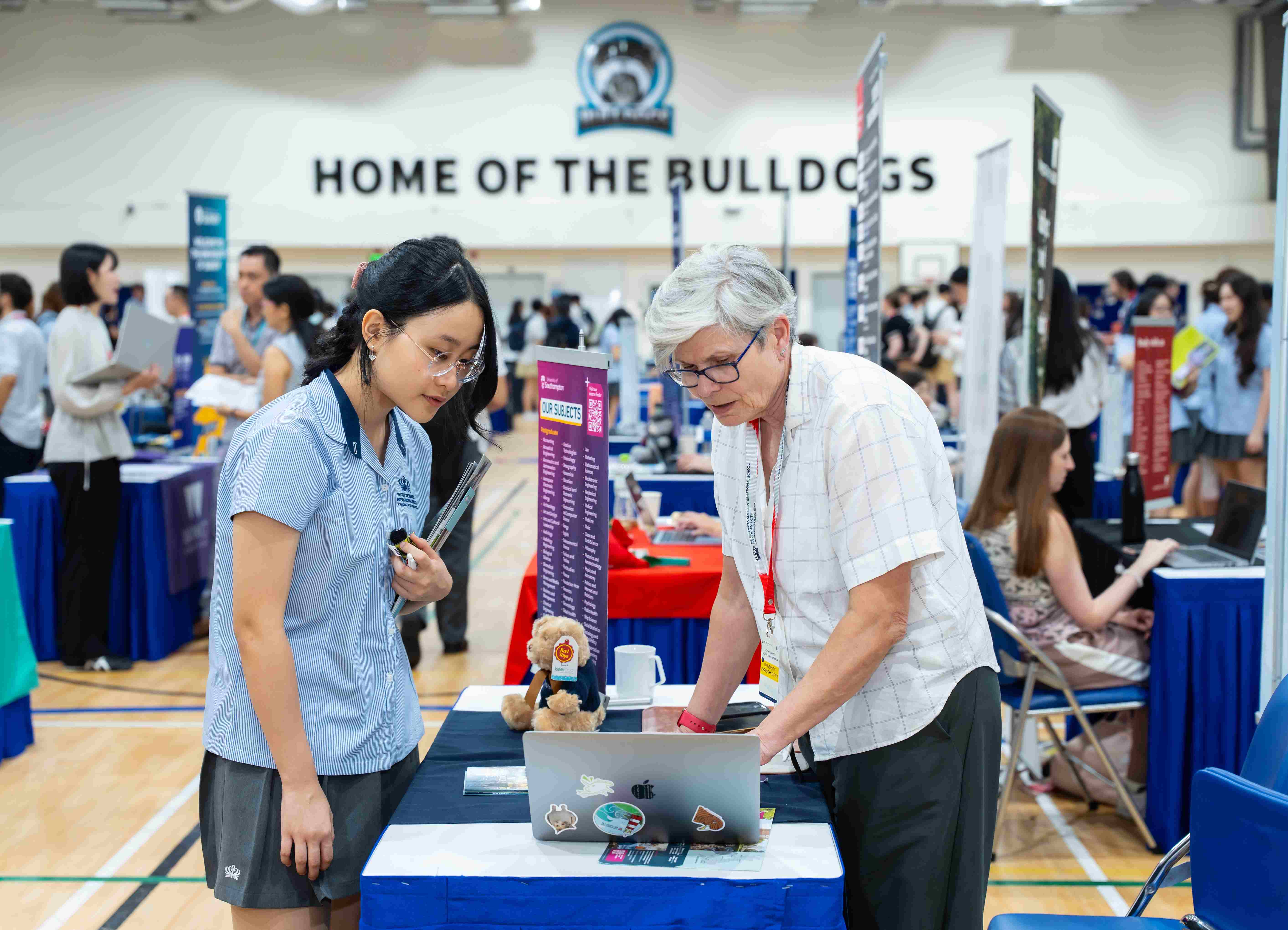Steps for teaching children about the environment The following information provides ways to guide children’s curiosity and enthusiasm for the natural world, help them to understand environmental problems, deal with their concerns, and get interested and busy with solutions.
The following information provides ways to guide children’s curiosity and enthusiasm for the natural world, help them to understand environmental problems, deal with their concerns, and get interested and busy with solutions.
Provide your child with time to spend in nature
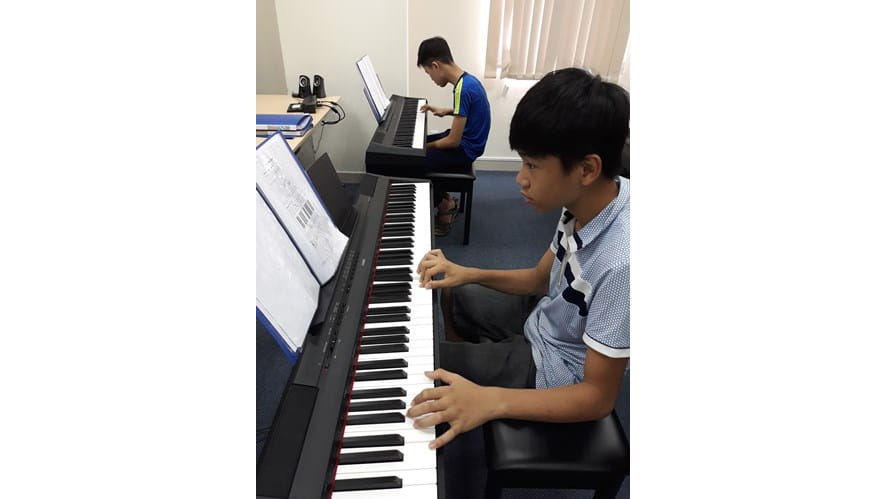
Preschoolers
Young children need opportunities to explore nature and form a bond with it. They need chances to touch and feel and look and smell. If you live in a city, there are still many ways in which you can help your child experience nature. Even the changing weather and seasons can offer an opportunity for parents to help young children develop a sense of wonder for the natural environment.
· Have picnics in a botanic garden or local park.
· Buy some seeds and watch them grow in a pot on the windowsill.
· Give your children a little plot in the garden to care for.
· Begin a worm farm in the garden or start a compost heap.
Primary school-aged children
Children’s curiosity with the natural world and unique way of knowing requires discovery and exploratory learning, rather than too much talking about theories.
· Try nature experiments, such as watching tadpoles grow (check legislation in your state if wanting to keep at home), or building ant farms in a large glass jar.Grow vegetables – choose easy ones for success.
· Let them do artwork that uses nature, such as making pictures with leaves, drying flowers, or building sculptures out of sticks and twigs.
· Buy a rain gauge from the hardware store and help children plot the rainfall each week/month.
Adolescents
· Encourage your adolescent to spend time outdoors doing activities he or she likes, such as riding a bike, skiing, or canoeing.
· Suggest they join ‘Friends’ groups and other local community environmental groups to foster environmentally responsible behaviour, positive action and friendships.
· Have a family holiday in a natural environment.
· Spend time together doing activities that can be either challenging or relaxing.
Help your children find something positive to do for the environment
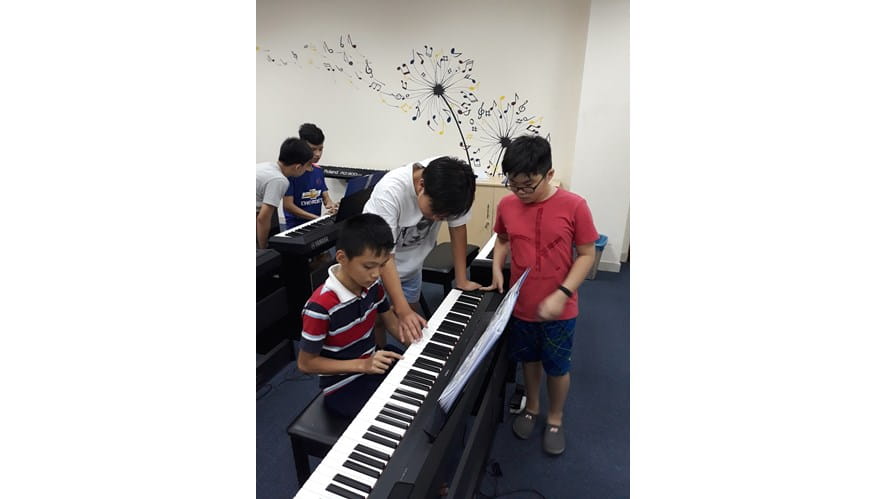
You can encourage your children to take action and believe they can make a difference to the environment with even the smallest actions. Children can also learn a lot by watching parents doing positive things for the environment.
Preschoolers
Young children can enjoy joining in with simple tasks just by copying what the people around them are doing. Lots of positive environmental messages can be a part of everyday activities.
· Ask children to help take the compost out to the bin.
· Get them to help sort papers to put in the recycling bin.
· Give them a spade and let them dig away in the garden.
Primary school-aged children
Encourage your whole family to be part of a world-wide movement of people who recognise that there are limits to the world’s natural resources, know the importance of reducing waste and excess, and work to prevent environmental damage.
· Find some picture books or websites about the environment.
· Let your children help choose an environmental organisation for family donations.
· Show your children that you do positive things too, such as taking your ‘green bag’ when you go to the supermarke or catching public transport to work.
Adolescents
Pro-environmental behaviour in teenagers is related to positive environmental attitudes and knowledge, as well as having a belief that their actions will make a difference, a sense of responsibility to care for the environment, and a clear understanding of what they need to do.
· Encourage them to ring up talk-back radio, write to newspapers, and lobby the government and industry about environmental matters that concern them.
· Direct them to websites that rate companies on their environmental performance, likewww.climatecounts.org.
· Talk with them about reducing spending on unnecessary products.
· Include them in household environmental decision making.
· Make them aware of the importance of making small as well as big changes.
Listen to your children’s concerns about the environment
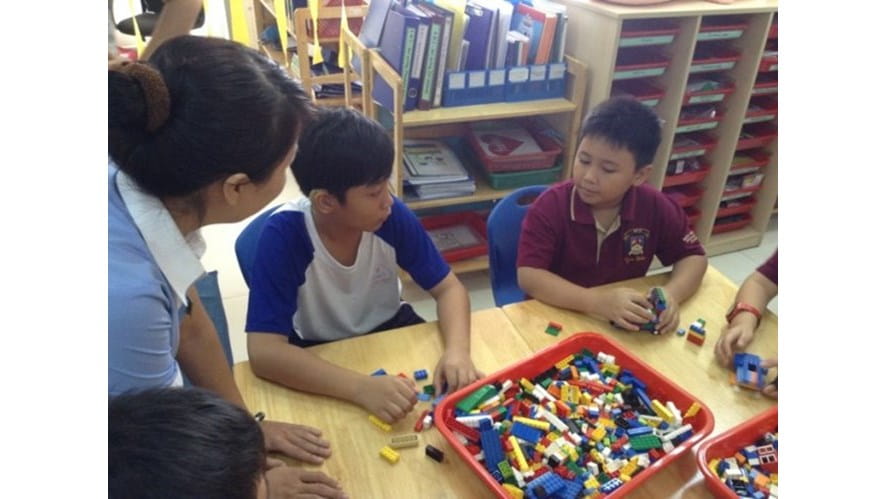
Many children might have concerns about climate change and other environmental problems, and need help to make sense of events. Listen first, and listen closely, to what children are asking or saying, and think about whether they are looking for factual information, or if the questions are expressing anxiety about environmental problems.
Preschoolers
· Listen carefully to your child’s spontaneous questions and comments.
· Try to understand what your child is saying from his or her own point of view.
Primary school-aged children
Children are not always able to express what they mean. What they say doesn’t always mean the same thing for them as it does for adults. Sometimes it takes a bit of gentle probing to find out what is going on behind the first things that they say.
· Let your child’s concerns guide the direction and depth of the discussion.
· Make comments such as, “That’s interesting, can you tell me more about that?”.
These can be helpful ways of trying to get a bit more information from your child.
Adolescents
Adolescence is a time when young people are developing their abilities to use abstract and logical thinking. This can lead to adolescents questioning everything in great detail. They are also starting to develop a greater interest in world events, and can become very focused on the cause and effect of things that happen.
· Listen sensitively to what your adolescent is saying.
· Ask further questions to help your adolescent clarify his or her thoughts.
· Explore their ideas with them.
· Don’t negate their ideas immediately even if you disagree with them.
· If your adolescent is encouraging the family to become more pro-environmental then listen to their points of view and allow them to make changes for the better!.
Reassure your children and give them hope
Reassure children that millions of people all over the world are working and talking together so that environmental problems can be solved, and the planet can be protected. There are many people who are dedicating their lives to researching ways to improve the health of the planet, as well as many who are part of local and global environmental movements.
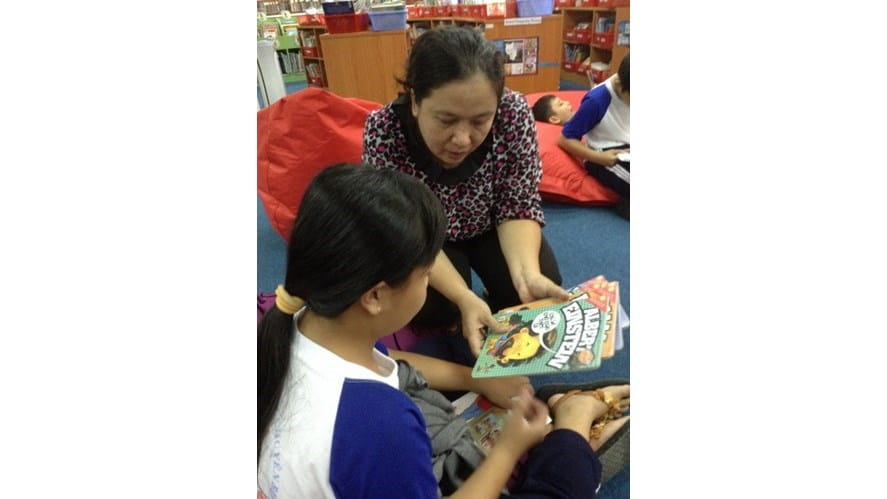
Preschoolers
· Reassure your child that it is your job to look after their wellbeing – the child does not have to worry about that.
· Give your children plenty of hugs.
· Spend more time with them, tucking them in, spending time together before bed.
· Maintain routines to help them feel secure.
· Reassure them that their home is a safe place.
Primary school-aged children
· Look for ‘good news’ stories about the planet and share them with your child.
· Help your child to find examples of environmental problems being solved or improved.
· Spend family time together.
· Explore and enjoy natural environments.
· Reassure them that their family is safe.
Adolescents
· Encourage your adolescent to look at examples of great people who have led the way in protecting the environment.
· Help your adolescent to think of examples of significant improvements in how we care for the environment that have come about because people have decided that it was important enough (e.g., increase in whale numbers following a banning of whale hunting).
· Suggest books like Good News for a Change by David Suzuki and Holly Dressel.
· Show your adolescent examples of environmental achievement in industry, the community and by individuals.
· Leave your adolescent feeling that they have reason to have faith in humankind.
See full article here: https://www.psychology.org.au/publications/tip_sheets/children_environment/

